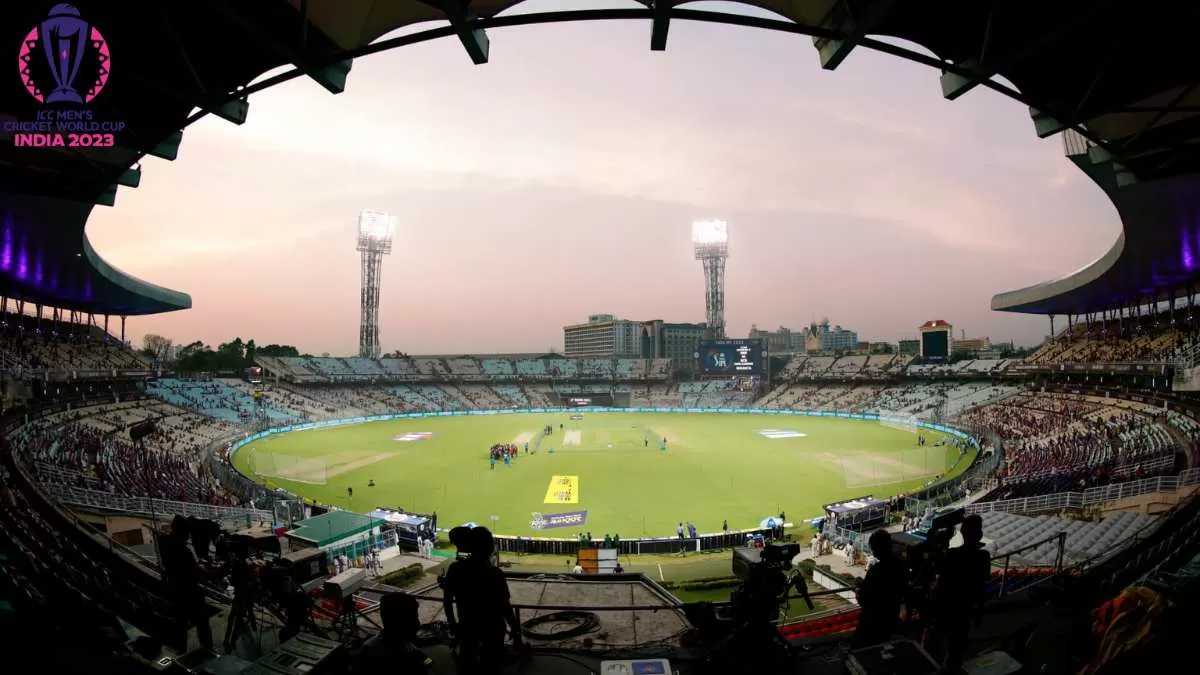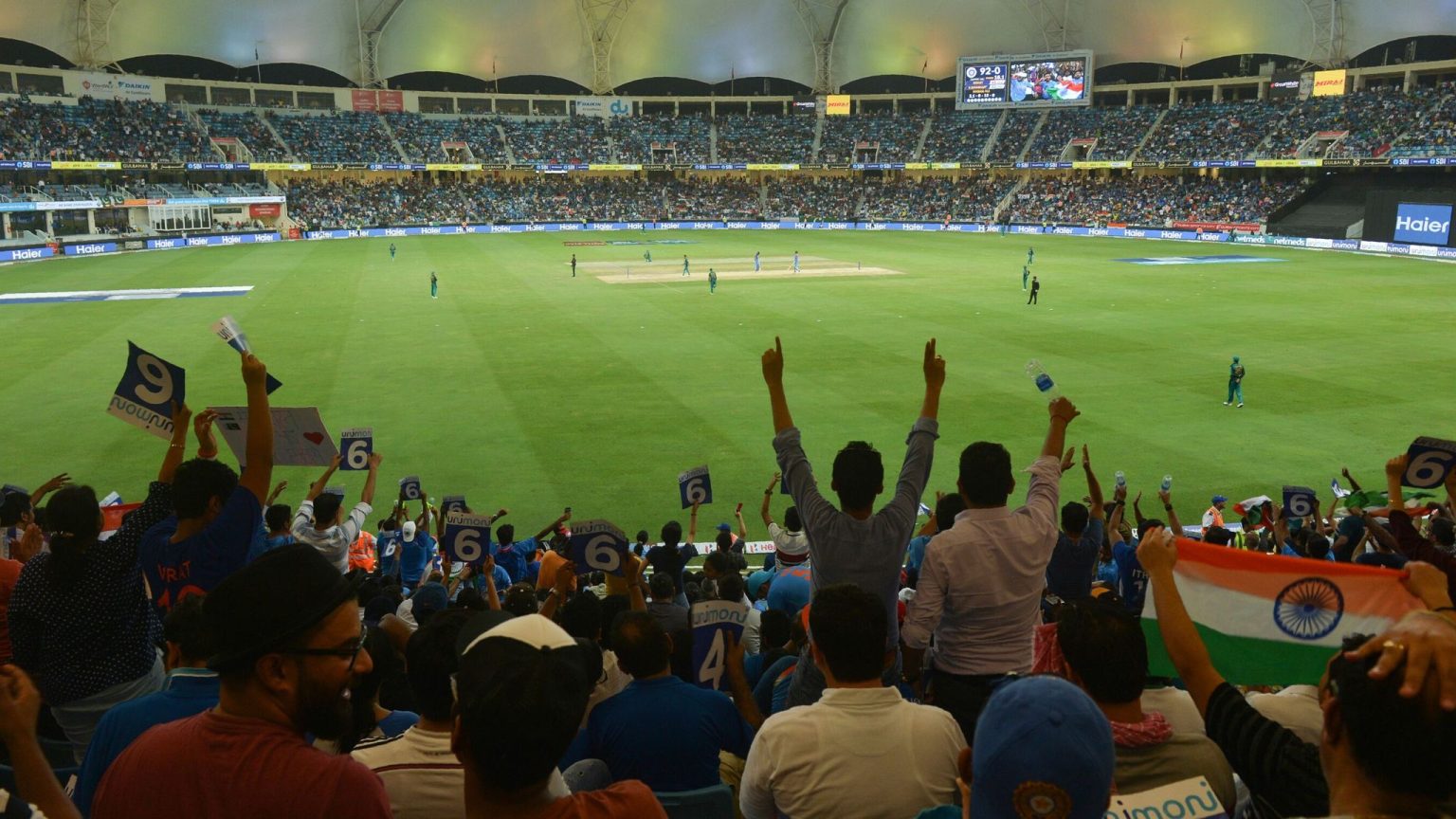Since its inception in 2007, the ICC Men’s T20 World Cup has undergone a remarkable transformation, evolving from modest venues to grand stadiums that host millions of fans worldwide. This evolution reflects the sport’s growing popularity and the increasing importance of providing world-class facilities for players and spectators alike.
Early Beginnings: Modest Venues
The inaugural T20 World Cup in 2007 was hosted by South Africa. Matches were played in established cricket grounds like Wanderers Stadium in Johannesburg and Kingsmead in Durban. These venues, while iconic, had seating capacities ranging from 25,000 to 30,000, suitable for the nascent stage of T20 cricket. The focus was primarily on introducing the shorter format to the international arena, and the existing infrastructures sufficed for the initial audiences.
Expansion and Upgraded Facilities
As T20 cricket gained momentum, subsequent tournaments shifted towards larger and more modern venues. The 2010 edition in the West Indies utilized stadiums like Kensington Oval in Barbados, which underwent renovations to enhance facilities and increase capacity to 28,000. This period marked the beginning of a trend where host nations invested in upgrading their cricketing infrastructures to accommodate the growing fan base and the commercial potential of T20 cricket.
Emergence of Stadium Spectacles

The 2016 T20 World Cup in India epitomized the transition to grand stadium spectacles. Matches were held in colossal venues such as Eden Gardens in Kolkata, boasting a capacity of over 66,000 spectators. The tournament leveraged India’s vast cricketing infrastructure, offering state-of-the-art facilities and creating electrifying atmospheres that captivated global audiences. This edition highlighted the symbiotic relationship between modern stadiums and the enhanced viewing experience, both on-ground and through broadcasts.
Innovations and Global Expansion
In recent years, the T20 World Cup has ventured into new territories, prompting the development of cricketing venues in non-traditional regions. The 2021 tournament, co-hosted by the UAE and Oman, featured matches at venues like the Dubai International Cricket Stadium, known for its “Ring of Fire” lighting system and a seating capacity 25,000. Similarly, the Sheikh Zayed Cricket Stadium in Abu Dhabi, with a capacity of 20,000, showcased the Middle East’s capability to host major cricketing events, reflecting the sport’s global expansion.

